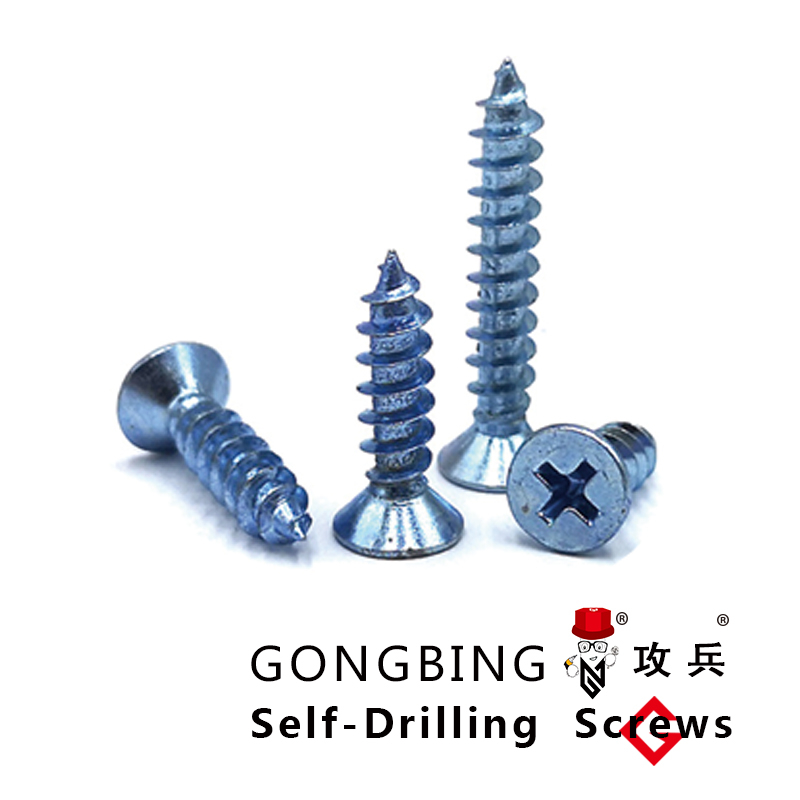Self-Drilling Screws - High-Quality Fasteners for Efficient Construction
Understanding Self-Drilling Screws The Efficient Fastening Solution
In the world of construction and manufacturing, the choice of fasteners is critical to the integrity and durability of the structures being built. Among the various fastening options available, self-drilling screws have emerged as a popular choice due to their efficiency and effectiveness. This article aims to explore the features, benefits, and applications of self-drilling screws, providing insights into why they are an essential tool in various industries.
What are Self-Drilling Screws?
Self-drilling screws, also known as Tek screws or self-tapping screws, are specialized fasteners designed with a drill bit-like tip that allows them to penetrate materials without the need for a pre-drilled pilot hole. This innovation significantly speeds up the installation process, saving both time and labor costs. Typically made from hardened steel and coated for corrosion resistance, self-drilling screws are ideal for fastening metal, wood, and other materials.
Key Features
1. Drilling Capability The foremost feature of self-drilling screws is their ability to drill through materials as they are driven in. This feature eliminates the need for additional tools or processes, making them incredibly efficient.
2. Variety of Sizes and Head Types Self-drilling screws come in various sizes and head types—such as hex, pan, and flat—allowing for versatile applications across different projects.
3. Material and Coatings These screws can be found in various materials, including stainless steel and galvanized steel, with coatings to enhance durability and resistance to rust and corrosion.
Benefits of Using Self-Drilling Screws
ss self drilling screw

1. Time Efficiency The primary advantage of self-drilling screws is the time they save during installation. Contractors can complete projects more quickly without the need to pre-drill holes, enhancing overall productivity.
2. Cost-Effectiveness In addition to saving time, self-drilling screws also reduce labor costs, as fewer tools and processes are required for installation. This can lead to significant savings, especially in large-scale construction projects.
3. Enhanced Strength and Durability Designed to provide a secure hold, self-drilling screws are less prone to loosening over time compared to traditional screws, which can increase the longevity of the installation.
4. Ease of Use They can be installed with standard power tools, making them user-friendly for both professionals and DIY enthusiasts alike.
Applications
Self-drilling screws are widely used in various applications, including
- Metal Roofing They are often employed in securing metal roofs, as their ability to penetrate galvanized sheets without damaging them is crucial. - Steel Framing Ideal for use in steel-to-steel connections, self-drilling screws provide a robust solution for constructing steel frames. - Woodworking Although primarily used for metal, many self-drilling screws are also effective in wood applications, thanks to their strong holding power.
Conclusion
In conclusion, self-drilling screws represent a significant advancement in fastening technology, offering numerous benefits that enhance efficiency and effectiveness in both construction and manufacturing. Their unique design not only saves time and labor costs but also ensures a strong and durable connection. As industries continue to evolve, the demand for innovative fastening solutions like self-drilling screws is likely to grow, making them a staple in modern construction practices. Whether you are a professional contractor or a DIY enthusiast, understanding their benefits and applications can help you make informed choices and improve your projects’ outcomes.
-
Weatherproof Plastic Expansion Anchors for OutdoorNewsJun.06,2025
-
Sustainability in the Supply Chain: Eco-Friendly TEK Screws ProductionNewsJun.06,2025
-
Load-Bearing Capacity of External Insulation FixingsNewsJun.06,2025
-
Double Head Bolts: Enhancing Efficiency in Industrial MachineryNewsJun.06,2025
-
Corrosion Resistance in Chipboard Screws: Coatings for Wholesale DurabilityNewsJun.06,2025
-
Butterfly Toggle Bolts : Enhancing Structural ResilienceNewsJun.06,2025
